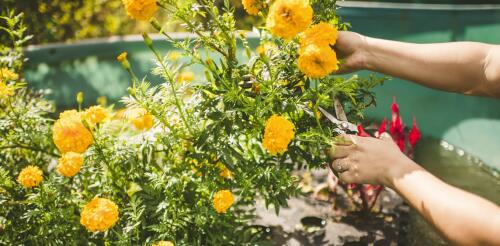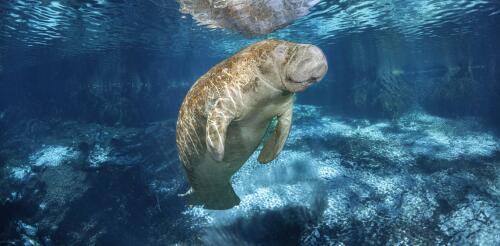Fertilizer runoff
Flowers grown on inexpensive floating platforms can help clean polluted waterways, over 12 weeks extracting 52% more phosphorus and 36% more nitrogen than the natural nitrogen cycle removes from untreated water, according to our new research. In addition to filtering water, the cut flowers can generate income via the multibillion-dollar floral market. In our trials of various flowers, giant marigolds stood out as the most successful, producing long, marketable stems and large blooms. Their yield matched typical flower farm production. Why it matters Water pollution is caused in large part by runoff from farms, urban lawns and even septic tanks. When it rains, excess phosphorus, nitrogen and other chemicals wash into lakes and rivers. These nutrients feed algae, leading to widespread and harmful algae blooms, which can severely lower oxygen in water, creating “dead zones” where aquatic life cannot survive. Nutrient runoff is a critical issue as urban areas expand,...
The gentle, slow-moving Florida manatee has no natural predators. And yet, these charismatic mammals face numerous threats. Manatees are struck by vessels in busy waterways across the state, and a majority bear scars from these collisions. Harmful algal blooms – characterized by the rapid growth of algae that degrades water quality – can impair their nervous systems. With less blubber, or fat, compared with other marine mammals like whales, dolphins, seals and sea lions, manatees are vulnerable to cold-stress syndrome during winter months. And they can ingest or get entangled in marine debris like derelict fishing gear and drown or be crushed by floodgate and water control structures. I am a doctoral candidate in marine biology at Florida International University’s Institute of Environment. Over the past 15 years, I have gained extensive experience working with marine mammals, particularly manatees. Recently, my colleagues at the United States Geologi...

